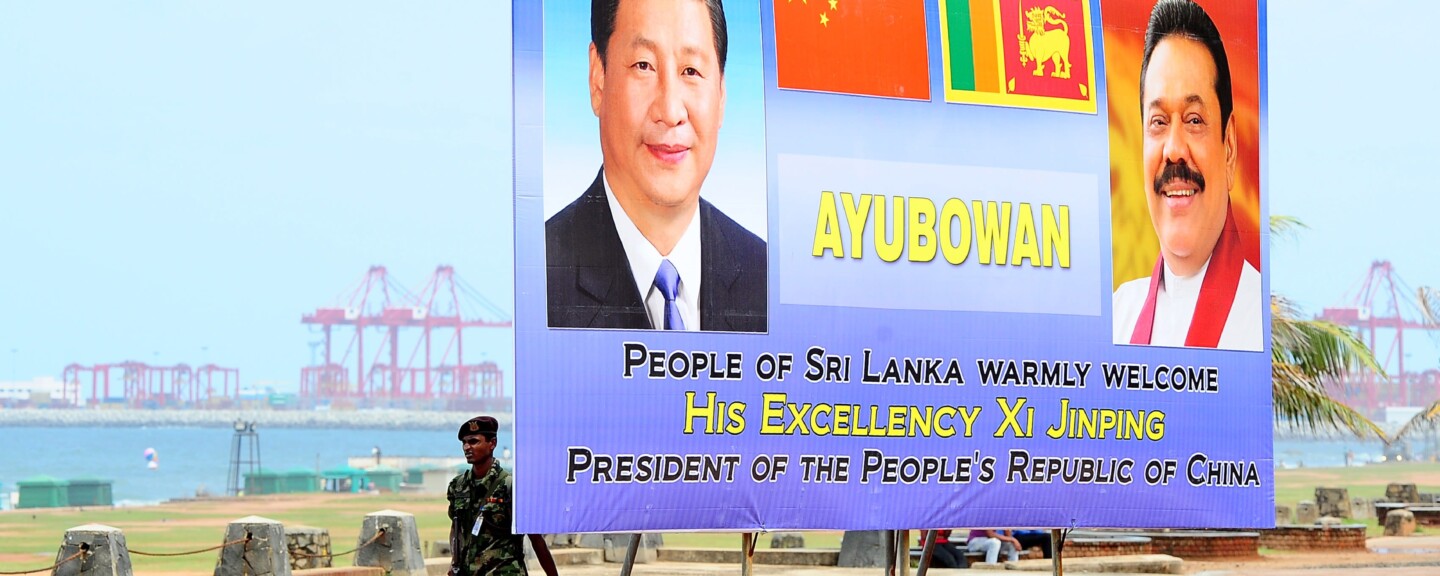Since the announcement in 2013 of Xi Jinping’s signature foreign policy program, the Belt and Road Initiative (BRI), China’s overseas infrastructure investments have been the subject of intense scrutiny by both academics and policy practitioners. The public discourse has tended to coalesce around two opposing extremes.
One view, particularly strong in Western countries, contends that Chinese infrastructure projects in developing nations are typically wasteful, corrupt, and perhaps even harmful to the communities in which they are undertaken. China is essentially cast as a ‘rogue donor’ that finances projects only for its own political or economic interests, ultimately undermining the work of the World Bank and other traditional aid and investment organizations.
At the other extreme, there exists a much a more optimistic perspective, where China is providing a timely solution to an increasingly cumbersome and stagnant multilateral-led development system. Such proponents argue that Chinese projects are faster, less bureaucratic, more flexible, and come with fewer strings attached than those that are Western led. Moreover, the presence of an alternative encourages established organizations to innovate and compete, providing better outcomes for recipient countries in the long run.
Hong Kong University Professor Austin Strange, who recently gave a talk at the Fairbank Center for Chinese Studies Critical Issues Confronting China lecture series, argues that the reality of Chinese aid and lending is much more complicated than either of these extremes may suggest. While the sources of misconceptions on both sides of the current debate are multiple, the fundamental issue is the lack of complete and reliable data on Chinese activities. Beijing is one of the least transparent of all major donors and lenders worldwide, making opportunism in the use of data all too common for both supporters and critics. Building on a decade of research from teams across the globe, Strange hopes to rectify this issue and generate a more complete picture of the motivations and consequences of China’s overseas aid and investment practices.
One major issue plaguing many studies of Chinese infrastructure projects is a “recency bias”; that is, we tend to pay outsized attention to the data points from recent years. Certain projects associated with the BRI (chief among them the much-maligned Sri Lankan port project at Hambantota) have commanded most of the public’s attention and led to mischaracterizations of all of China’s overseas infrastructure investment behavior. What may be surprising to many, though, is that Beijing has a long pedigree of infrastructure finance in the developing world.
“There are over 4000 development projects that China’s government financed in developing countries [prior to 2000],” says Strange. “The data are remarkable, not only from an analysis perspective, but [also] from a descriptive perspective. In periods in which China’s own GDP per capita was maybe only a couple of $100, it was financing big infrastructure and other projects in dozens of countries in Asia, Africa, and beyond.”
For one striking example, consider the case of two Chinese projects in Guinea. In 2015, a subsidiary of the Chinese firm responsible for the Three Gorges Dam completed construction of the Kaleta hydropower plant in western Guinea. The station effectively doubled the hydroelectric capacity of the country and provided additional power to one-third of the population. However, this was not the PRC’s first foray into hydroelectric projects in the country. Almost exactly 50 years ago, China completed construction on the nearby Kinkon hydropower station, the nation’s first. While there have been sharp increases in China’s overseas development finance following the adoption of the “going-out” strategy and the BRI, involvement in infrastructure development is by no means a radical departure from the PRC’s foreign policy playbook, and evaluations of China’s intentions with these projects should be made in light of the long-standing history of such investments.
These two projects signify another important gap in our current understanding of Chinese infrastructure projects. Both hydropower plants have been elevated as major political achievements of Guinea’s leadership, and even feature on two banknotes of the Guinean currency. Strange points out that not all projects receive this distinction, and branding these projects as national achievements allows local leaders to “exercise what we call symbolic power…by associating political authority with these massive national landmarks that would otherwise, by the way, be unavailable, as these are not projects that can be domestically financed by a lot of these countries.” Many of the problems in existing studies on China’s overseas activities stem from incorrect generalizations across project types. Introducing the diversity of infrastructure investments (using distinctions such as aid-based, commercial, prestige/national, or located in a leader’s home district) as a new data point allows scholars to generate novel insights into the motivation for and consequences of China’s infrastructure projects.
Improving the granularity of data on these projects will likely lead to conclusions that don’t fit a single narrative. More detail will also highlight that the ‘effect’ of China’s investments depends greatly on the type of project and the goals of local leaders. For example, recent studies show that Chinese infrastructure can have a real positive economic impact in the short term, reduce geographic inequality within a country, and boost domestic perceptions of national prestige. But in the long term, there are reasons for concern. According to Strange, commercial projects tend to go to more corrupt countries, can make civil conflict more likely, and exacerbate corruption in already corrupt places. Moreover, the data shows that countries with significant Chinese aid and large Chinese infrastructure projects tend to vote in-line with China at the UN, a major cause for concern amongst China’s strategic competitors.
Accepting nuance in the effects of China’s infrastructure projects may well prove difficult for those entrenched at the extremes of the current discourse. But with nations around the world adopting new rules on cross-border investment, rethinking the role of multilateral institutions, and preparing for renewed strategic competition, the importance of bringing new data to bear on old questions and generating accurate insights on China’s activities could not be timelier.


